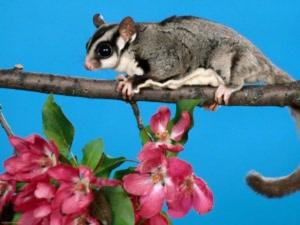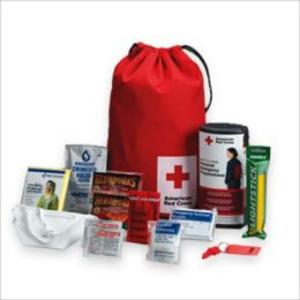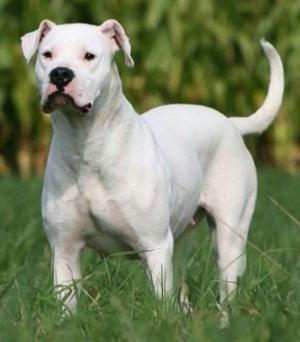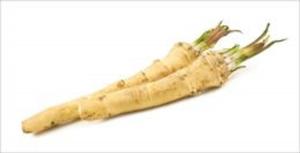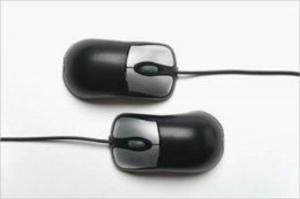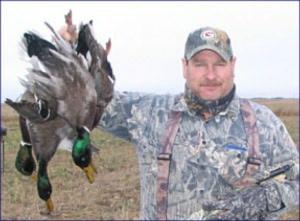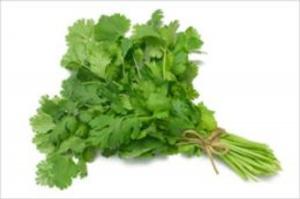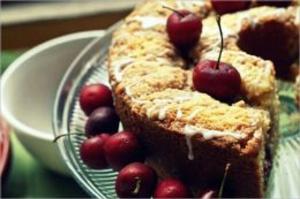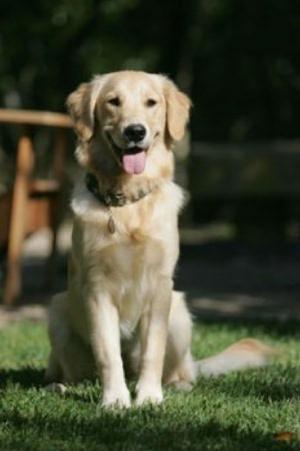A Crash Course on How to Get Rid of Chiggers
Nonfiction, Home & Garden, The Home, Outdoor & Recreational Areas, Science & Nature, Nature, Insects & Spiders| Author: | Winston Thomas | ISBN: | 1230000105056 |
| Publisher: | Axel Publishing | Publication: | February 7, 2013 |
| Imprint: | Language: | English |
| Author: | Winston Thomas |
| ISBN: | 1230000105056 |
| Publisher: | Axel Publishing |
| Publication: | February 7, 2013 |
| Imprint: | |
| Language: | English |
A Crash Course on How to Get Rid of Chiggers
Trombiculidae (pronounced /trɒmbɨˈkjuːlɨdiː/) is a family of mites called trombiculid mites (also called berry bugs; harvest mites; red bugs; scrub-itch mites; aoutas; and, in their larval stage, chiggers). The term chigger is often confused with the term jigger , the Chigoe flea. Trombiculidae live in the forests and grasslands and are also found in low, damp areas where vegetation is rank such as woodlands, berry bushes, orchards, along lakes and streams, and even in drier places where vegetation is low such as lawns, golf courses, and parks.
They are most numerous in early summer when grass, weeds and other vegetation are heaviest. In their larval stage they attach to various animals, including humans, and feed on skin, often causing itching. These relatives of ticks are nearly microscopic measuring 0.4 mm (1/60 of an inch) and have a chrome-orange hue. A common species of harvest mite in Northern America is Trombicula alfreddugesi; in the UK the most prevalent harvest mite is Trombicula autumnalis.
Trombiculid mites go through a life cycle of eggs, larva, nymph, and adult. The larval mites feed on the skin cells, but not blood, of animals, including humans. The six-legged parasitic larva feeds on a large variety of creatures including humans, rabbits, toads, box turtles, quail, and even some insects. After crawling onto their host, they inject digestive enzymes into the skin that break down skin cells. They do not actually "bite," but instead form a hole in the skin called a stylostome and chew up tiny parts of the inner skin, thus causing severe irritation and swelling. The severe itching is accompanied by red pimple-like bumps (papules) or hives and skin rash or lesions on a sun-exposed area. For humans, itching usually occurs after the larvae detach from the skin.
After feeding on their hosts, the larvae drop to the ground and become nymphs, then mature into adults which have 8 legs and are harmless to humans. In the post larval stage, they are not parasitic and feed on plant materials. The females lay 3–8 eggs in a clutch, usually on a leaf or under the roots of a plant, and die by autumn.
Scroll up... and click on "Buy Now" to deliver almost instantly to your Kobo or other reading device.
A Crash Course on How to Get Rid of Chiggers
Trombiculidae (pronounced /trɒmbɨˈkjuːlɨdiː/) is a family of mites called trombiculid mites (also called berry bugs; harvest mites; red bugs; scrub-itch mites; aoutas; and, in their larval stage, chiggers). The term chigger is often confused with the term jigger , the Chigoe flea. Trombiculidae live in the forests and grasslands and are also found in low, damp areas where vegetation is rank such as woodlands, berry bushes, orchards, along lakes and streams, and even in drier places where vegetation is low such as lawns, golf courses, and parks.
They are most numerous in early summer when grass, weeds and other vegetation are heaviest. In their larval stage they attach to various animals, including humans, and feed on skin, often causing itching. These relatives of ticks are nearly microscopic measuring 0.4 mm (1/60 of an inch) and have a chrome-orange hue. A common species of harvest mite in Northern America is Trombicula alfreddugesi; in the UK the most prevalent harvest mite is Trombicula autumnalis.
Trombiculid mites go through a life cycle of eggs, larva, nymph, and adult. The larval mites feed on the skin cells, but not blood, of animals, including humans. The six-legged parasitic larva feeds on a large variety of creatures including humans, rabbits, toads, box turtles, quail, and even some insects. After crawling onto their host, they inject digestive enzymes into the skin that break down skin cells. They do not actually "bite," but instead form a hole in the skin called a stylostome and chew up tiny parts of the inner skin, thus causing severe irritation and swelling. The severe itching is accompanied by red pimple-like bumps (papules) or hives and skin rash or lesions on a sun-exposed area. For humans, itching usually occurs after the larvae detach from the skin.
After feeding on their hosts, the larvae drop to the ground and become nymphs, then mature into adults which have 8 legs and are harmless to humans. In the post larval stage, they are not parasitic and feed on plant materials. The females lay 3–8 eggs in a clutch, usually on a leaf or under the roots of a plant, and die by autumn.
Scroll up... and click on "Buy Now" to deliver almost instantly to your Kobo or other reading device.


